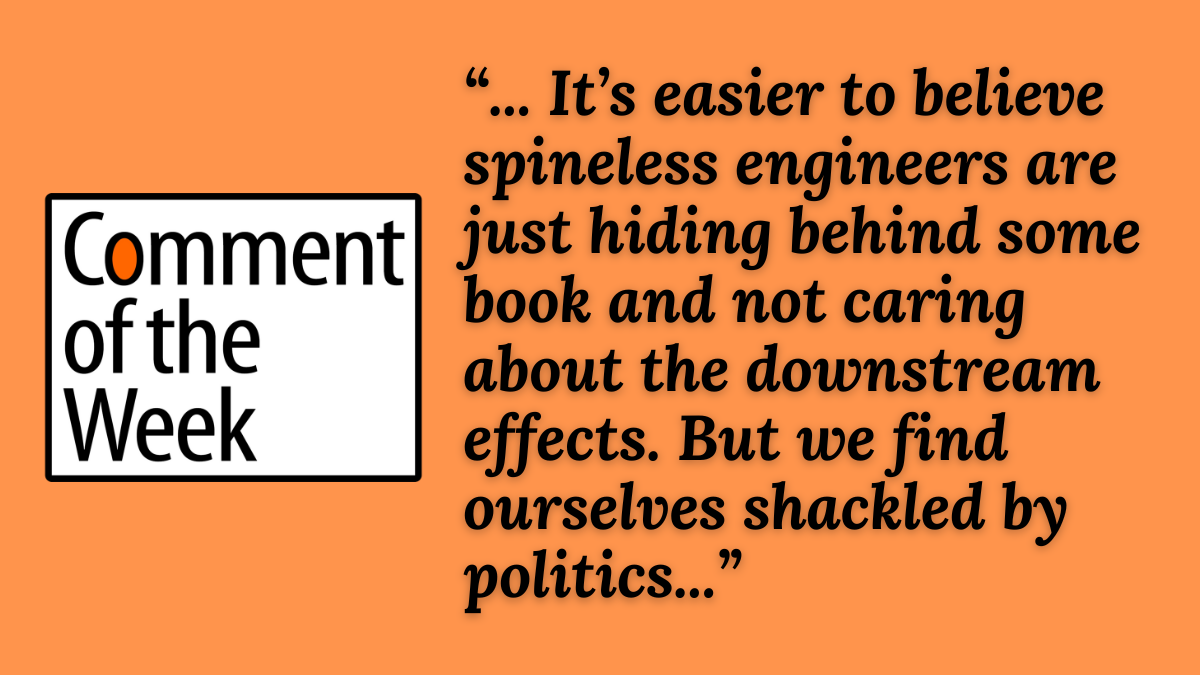BikePortland comments at their best were on display last week in response to our post about the “Urban Trails Network” idea put together as a labor of love by a team of designers frustrated over our city’s drop in cycling.
The outpouring of reader responses became a snapshot of the issues facing Portland cyclists, and included some informed sub-threads (I really liked the tree canopy discussion).
But it was Cyclekrieg’s series of four comments which grabbed my attention. Cyclekrieg does “traffic engineering” in Minnesota, and is a self-professed “Strong Towns” guy. He had some advice for active transportation advocates which I think we all need to hear. Basically, to successfully advocate for safer streets it helps to know something about the personality of, and constraints facing, the people who sign off on them.
All four of Cyclekrieg’s comments are worth reading, I’ll get you started with the first which was in response to another commenter:
I do traffic engineering and it’s not as simple an answer as you think to why roads are wider, like highways.
First, are the typical sections that cities have adopted. These often call out wider lane widths. Lane widths are #1 factor in why a road feels like you can go faster. As I harp on a lot here in BikePortland, typical sections are the key to changing how roads are built. (Which, side note here, is why the above plan is so interesting and feasible. It changes the sidewalk portion of the typical section.)
Second, funding often comes with requirements of certain set of standards. If you are getting funding that is from state, that means state DOT standards will have to be met. Same for federal funding. Those standards almost always include wider lanes.
Third, is political pressure from drivers. Nothing is angrier than a group of drivers that might have to go a wee bit slower. This is why enforcement often takes a backseat also.
I get it’s easier to believe spineless engineers are just hiding behind some book and not caring about the downstream effects. But we find ourselves shackled by politics, pre-built standards, funding, etc. A lot of this can be changed, but often isn’t because the advocate groups that could push these changes often don’t understand what needs to be changed. Other times they want massive revolutionary changes versus a steady stream of incremental changes, and they can’t convince others (voters, users, etc.) to go big, so nothing gets altered.
CycleKrieg’s comments (and the tree canopy discussion) got me thinking about PBOT’s Streets 2035 work. You might remember that Streets 2035 is a guide for resolving infrastructure constraints and competing needs in the right-of-way. It has an important graphic detailing the canopy, ROW width, stormwater treatment and sidewalk standards of different areas across Portland.
Thank you CycleKrieg and and everyone who contributed to this outstanding thread. You can read CycleKrieg’s comment in context here.


